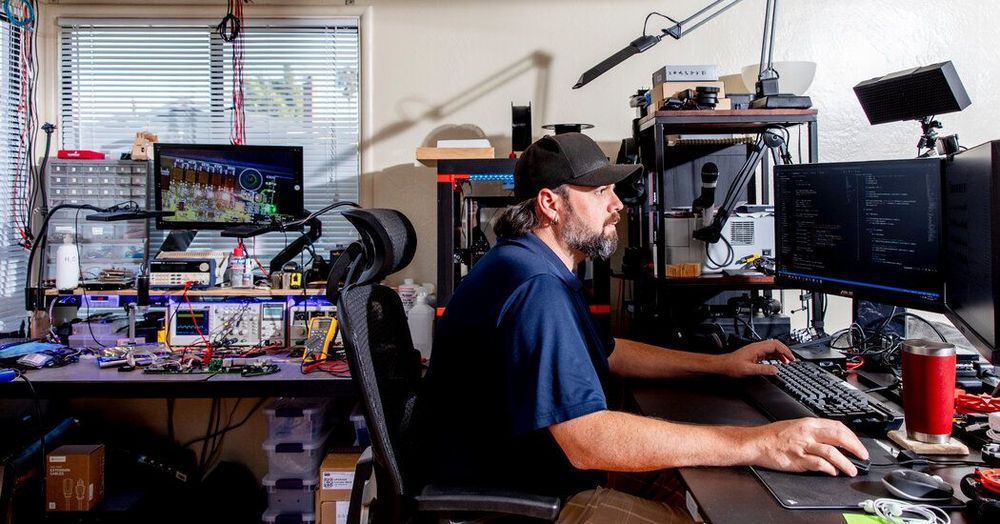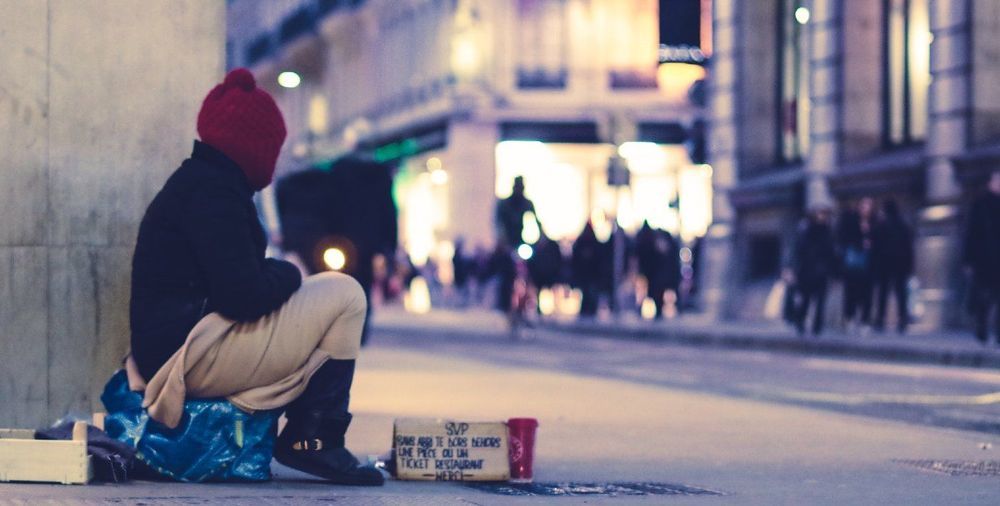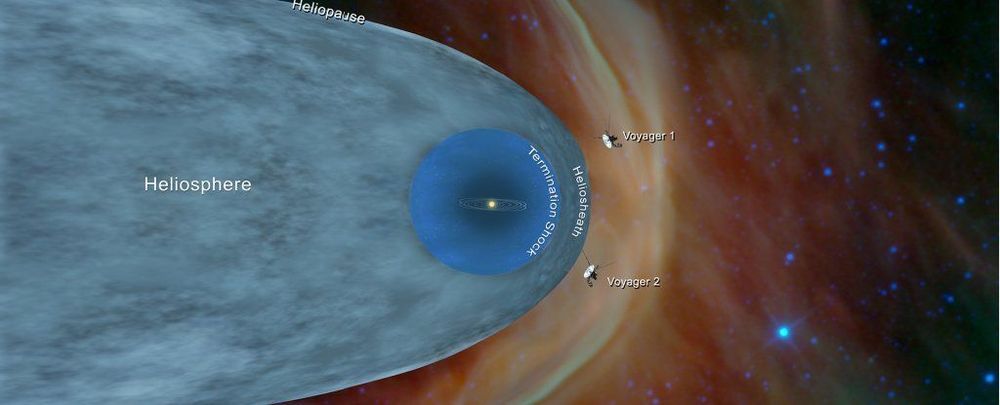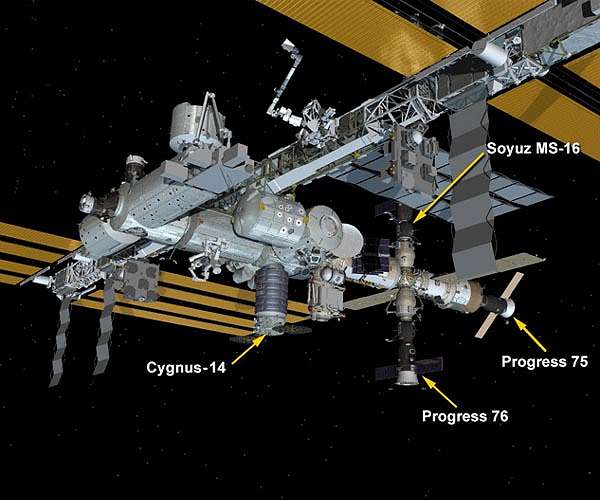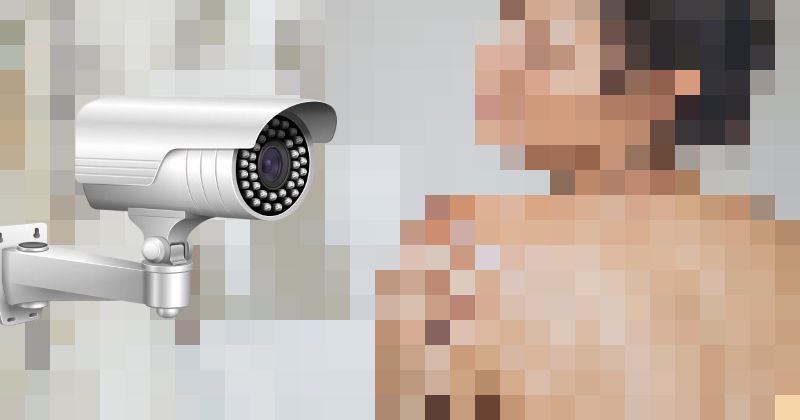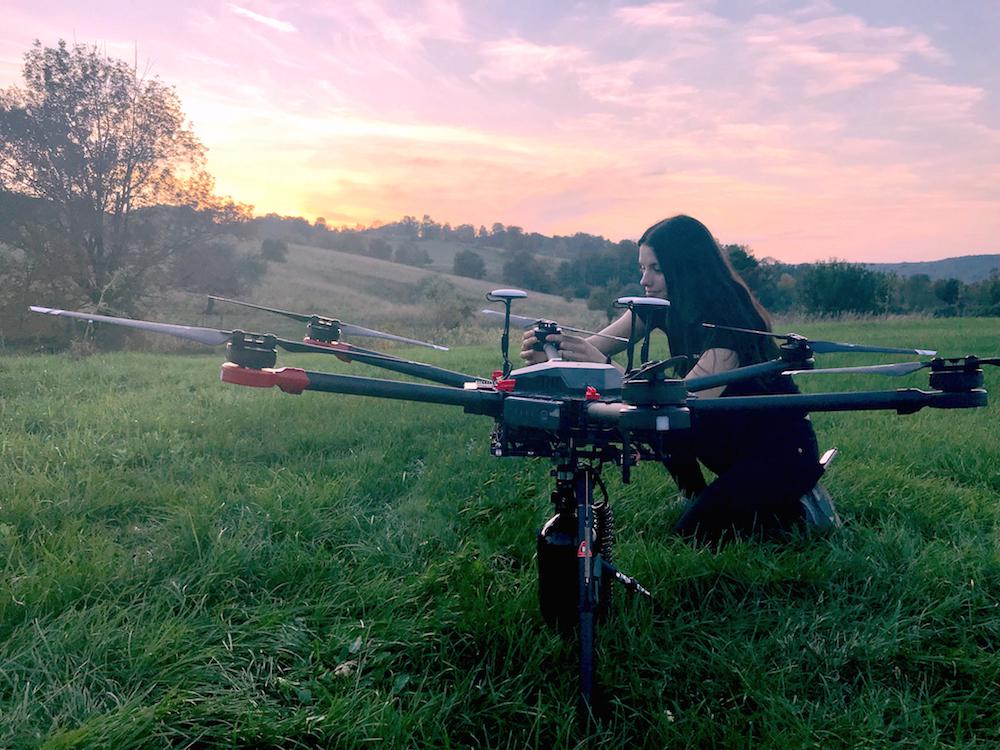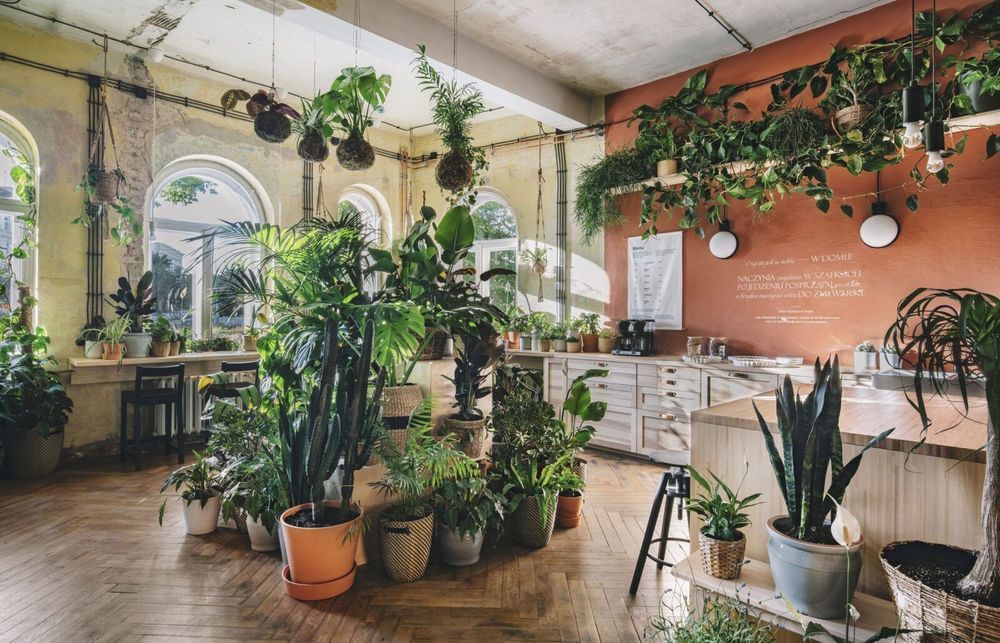But people need to be kept at the centre of it.
There is more than one reason that we need to reforest Planet Earth. Less than a fifth of Earth’s original forests have survived the rise of humans since the last glaciation, and over half of them are in just five countries (see figure below).
The biggest effect from loss of forests is loss of habitat and the resultant loss of biodiversity, even if you don’t care about climate change. We’re burning billions of acres of pristine Indonesian rain forests to plant palm oil trees (Scientific American) just to get a cooking oil with a better shelf life.
Forest biodiversity encompasses not just trees, but the multitude of plants, animals and microorganisms that inhabit forested areas — and their associated genetic diversity. Over a billion humans depend on dense forests for their survival, although all humans depend on forests in some degree for some aspect of their lives.
